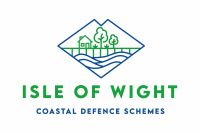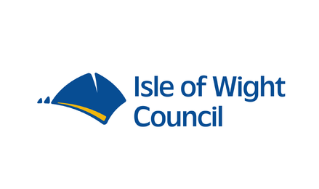This information page is no longer used for the Ventnor Coastal Defence Scheme.
Overview
This page will no longer be updated and will be removed on 10 April 2025.
Our Ventnor Coastal Defence Scheme information is now available here:
https://engageenvironmentagency.uk.engagementhq.com/ventnor-coastal-defence-scheme
Get in touch
Thank you for visiting our project page.
Please contact us:
By email: IOW_FDschemes@environment-agency.gov.uk
By post: Environment Agency, Romsey Office, Canal Walk, Romsey, SO51 8DU
By phone: 03708 506 506
If:
- you are not able to access any of the information on this page.
- you have any comments or feedback on our information page.
- you have any questions or concerns about the project.
If you would like to be added to our mailing list, please email us.
For more information on how we will use and share your data, please see our Privacy Notice and our Personal Information Charter
Audiences
- Anyone from any background
Interests
- Coastal management
- Flood management
- Specific projects, issues, or activity pages






Share
Share on Twitter Share on Facebook